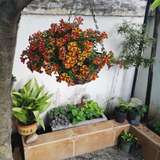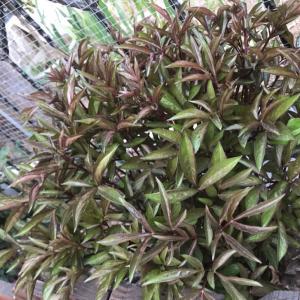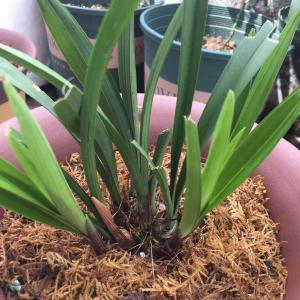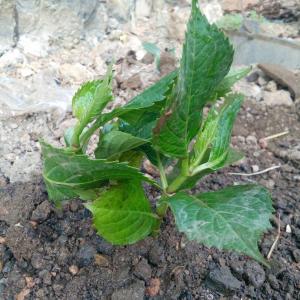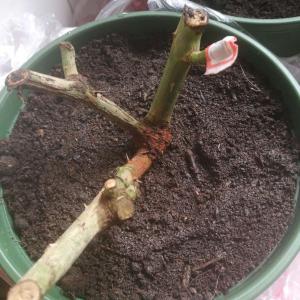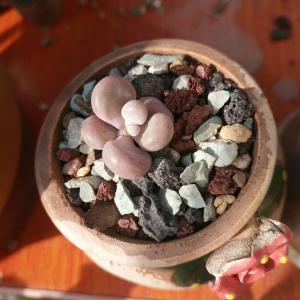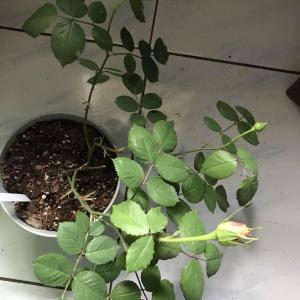成长记
Shami
2018年04月16日

A nice way to start the day! 3 of the seeds emerged today. Date: April 17, 2018
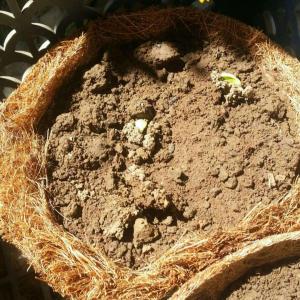

0
0
成长记
Shami
2018年04月16日

I tried planting these regular sunflowers today. This time I did not bury them too deep. I used soil-less medium in planting them. 3 of these pots are those sunflowers! Date: April 16, 2018
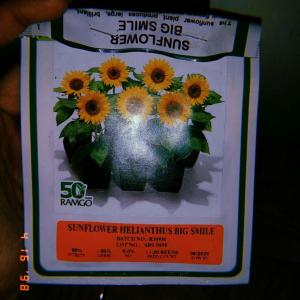
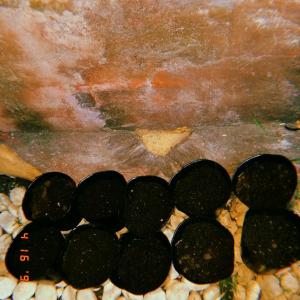
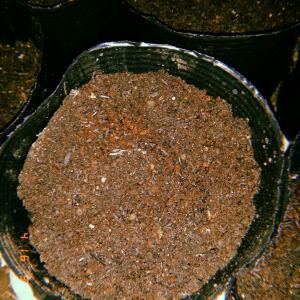



0
0
成长记
Shami
2018年04月16日

7 of these pots are the poppies along with 3 pots of sunflowers. 🌻 I used soilless medium in planting them.
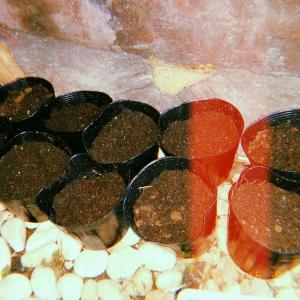

0
0
文章
Miss Chen
2018年04月14日

A normal planting depth of 1 to 3 inches protects seed potato pieces from frost damage even during a hard freeze. Potato leaves survive light frosts with little injury, but leaves and stems die back to the ground in colder temperatures. Seed potatoes send up new shoots to replace frost-killed tops. Protecting plants during the last frosts of spring preserves the advantage gardeners gain from early planting.

Planting Times
Gardeners could plant potatoes as soon as the ground thaws in spring and dries enough to work without compacting. Planting in March, several weeks before the last frost date in most areas, gives potatoes a chance for a longer growing season. The extra days increase yields, since potato tubers stop growing when soil heats to 80 degrees Fahrenheit. Late frosts might kill early potato plants back to the ground, but potatoes nearly always recover. Early plantings exposed to long periods of cold rainy weather could fail for other reasons. Cold and wet conditions delay sprouting and cause seed pieces to rot.
Critical Temperatures
Light frosts cause little harm to potato plants, but the difference between a harmless light frost and a heavy frost measures only a few degrees. Temperatures between 29 and 32 degrees Fahrenheit cause light frost, but temperatures from 25 to 28 degrees inflict serious damage to potatoes. In the fall, a hard freeze of 24 degrees or below ends the season, but a brief hard freeze in spring only kills potato plants to ground level. Elevation and ground slope influence the severity of frosts. Potatoes planted on depressed ground sit in frost pockets that collect cold air. Potatoes growing on slopes at higher levels experience warmer temperatures and less frost damage.

Protection
Planting potatoes in mounded rows warms soil faster than flat row systems and it encourages early sprouting. A light mulch of straw over newly emerged potato plants traps ground warmth and protects the tender plants from freezing temperatures. Row covers offer better protection, increasing night temperatures in the potato row by 5 degrees Fahrenheit, according to master gardener Patti O'Neal on the Jeffco Gardener website. Fabric row covers work better than either plastic or paper. Any cover that contacts leaves conducts enough heat to burn leaf tips but will protect other parts of the plant.
Chitting
Forcing potatoes to sprout before planting, or chitting, adds to the growing season without adding risk of frost damage. Potatoes sprout after a month in storage at temperatures of 55 degrees Fahrenheit, if exposed to indirect lighting. Allowing seed potatoes to develop 1/2-inch sprouts before planting guarantees early growth in safely controlled conditions. Cut the sprouting potatoes into pieces at least 1/2 inch thick, with one or more sprouts per piece. Give the cut surfaces a day to harden off and plant just before the last frost date. Plant the pieces flat side down and be careful not to break the sprouts as you cover the row with soil.

Planting Times
Gardeners could plant potatoes as soon as the ground thaws in spring and dries enough to work without compacting. Planting in March, several weeks before the last frost date in most areas, gives potatoes a chance for a longer growing season. The extra days increase yields, since potato tubers stop growing when soil heats to 80 degrees Fahrenheit. Late frosts might kill early potato plants back to the ground, but potatoes nearly always recover. Early plantings exposed to long periods of cold rainy weather could fail for other reasons. Cold and wet conditions delay sprouting and cause seed pieces to rot.
Critical Temperatures
Light frosts cause little harm to potato plants, but the difference between a harmless light frost and a heavy frost measures only a few degrees. Temperatures between 29 and 32 degrees Fahrenheit cause light frost, but temperatures from 25 to 28 degrees inflict serious damage to potatoes. In the fall, a hard freeze of 24 degrees or below ends the season, but a brief hard freeze in spring only kills potato plants to ground level. Elevation and ground slope influence the severity of frosts. Potatoes planted on depressed ground sit in frost pockets that collect cold air. Potatoes growing on slopes at higher levels experience warmer temperatures and less frost damage.

Protection
Planting potatoes in mounded rows warms soil faster than flat row systems and it encourages early sprouting. A light mulch of straw over newly emerged potato plants traps ground warmth and protects the tender plants from freezing temperatures. Row covers offer better protection, increasing night temperatures in the potato row by 5 degrees Fahrenheit, according to master gardener Patti O'Neal on the Jeffco Gardener website. Fabric row covers work better than either plastic or paper. Any cover that contacts leaves conducts enough heat to burn leaf tips but will protect other parts of the plant.
Chitting
Forcing potatoes to sprout before planting, or chitting, adds to the growing season without adding risk of frost damage. Potatoes sprout after a month in storage at temperatures of 55 degrees Fahrenheit, if exposed to indirect lighting. Allowing seed potatoes to develop 1/2-inch sprouts before planting guarantees early growth in safely controlled conditions. Cut the sprouting potatoes into pieces at least 1/2 inch thick, with one or more sprouts per piece. Give the cut surfaces a day to harden off and plant just before the last frost date. Plant the pieces flat side down and be careful not to break the sprouts as you cover the row with soil.
0
0





